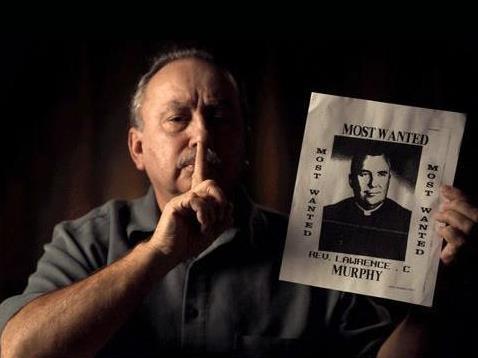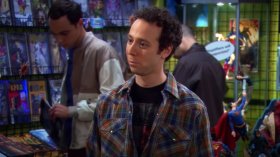Father Murphy taught at St. John’s School of the Deaf and is thought to have molested over 200 boys before the mid-70s. He was never defrocked. Mea Maxima Culpa follows four of his victims and their attempts to bring him to justice.
Terry, Gary, Pat and Arthur were students at St. John’s from 1960 to 1969. They tell the story of their abuse, which lasted from childhood to their teen years (in one of the more powerful moments of the film, Gary says he ‘got used to it’), and their protests against Murphy. While they largely met with silence, disbelief and inaction, their attempts are the first known protestations against child abuse in the Catholic church.
From there the film expands slowly, tracing abuse from Wisconsin, USA all the way to the Vatican and its attempts to both stop (half-heartedly) and cover up the crimes. One attempt, the Congregation of the Servants of the Paraclete, is particularly interesting. They exited to help and treat priests struggling with personal problems (e.g. celibacy and molestation). Its founder, Father Fitzgerald, didn’t believe those abusing boys could be cured and argued that they must be isolated. He recommended buying an island for them. They put a down payment on a Caribbean island before higher-ups in the Church stopped them.
This is a small non sequitur in an otherwise infuriating downpour of silence, denial and protectionism. The documentary shines some light on this, presenting the thesis of ‘priests are perfect’ (and thus admitting wrongdoing would contradict one of the core tenants and sources of power for the Church) and ‘noble cause intention’ and how a belief of goodness can justify any behaviour. Murphy’s later justifications for his attacks support this: he claimed to be curing them of any homosexual leanings.
For all its depravity, the film is (visually) beautiful. Footage of churches show them as the inspiring and intimidating structures they are. Re-created scenes from the boy’s childhood are subdued and unnerving, relying on the emotion of the story being told for effect. Even archival footage and photos are blending into the film without appearing incongruous. The result is a film as alluring as it is captivating.
Interviewees are shot in natural light, framing their faces and hands with shadows, emphasising their expressions. This helps present sign language as the expressive language it is. Lulls in the narration are punctuated by their hands slapping together in time with the rising passion with which they tell their story.
If the film makes any missteps, its in its straying from the narrative of Terry, Gary, Pat and Arthur for slightly too long (and even that’s splitting hairs). The narrative is unnecessarily split into chapters to the slight detriment of the pace and one of their titles – ‘The Devil in Disguise’ – is perhaps the one time director Alex Gibney slips into sensationalism.
By avoiding hyperbole and over-sentimentality, Mea Maxima Culpa becomes a powerful film telling a tragic story. While raging at the Church it’s easy to forget that people are at the heart of it. This film is an important reminder of who they are.
Rating: 4.5 stars out of 5
Mea Maxima Culpa: Silence in the House of God
Director: Alex Gibney
USA, 2013, 106 minutes
Distributer: Madman
Trailer:
Actors:
Director:
Format:
Country:
Release:





